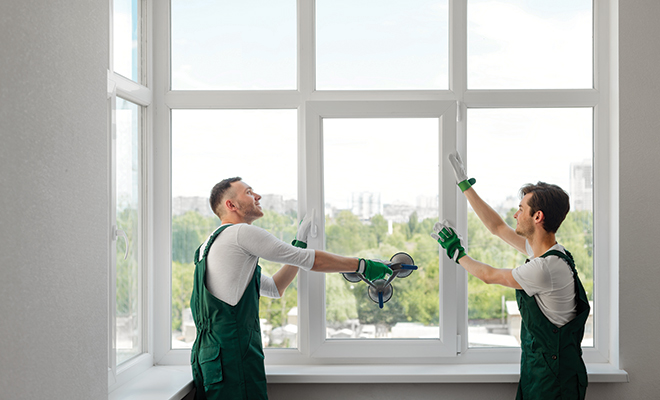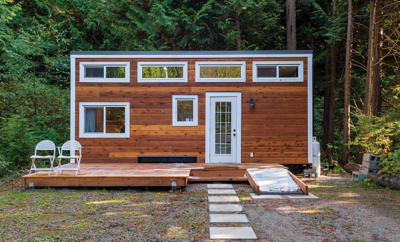
Let There Be Light: Replacing Windows in Your Home
There are many good reasons for replacing older windows. Some are purely optional while others require immediate attention. Most home experts agree that leaky windows top the list of reasons for window replacement since they make your home vulnerable to water damage. Don’t ignore this issue if you want to protect your home investment.
Even if your windows still keep the weather out, they may detract from your home’s appearance. While it may be cheaper to simply repair broken window frames or warped glass, swapping old windows out for new could improve your home’s resale value. According to the 2019 Remodeling Impact Report from the National Association of Realtors, adding new vinyl windows to a home ranks second among all home exterior projects, following right after a new roof, when it comes to increasing a home’s value. Adding new wood windows ranks fourth. The report also gives new windows a high “Joy Score” for the amount of pleasure homeowners derive from the completed project.
Do you need another reason to install new windows? It allows you to take advantage of newer window technology. Improved insulation in new windows often eliminates the need for separate storm windows. Glass coatings are available to protect your home’s furnishings from sun damage by blocking UV light. Double-paned windows injected with argon gas provide insulation as well as noise protection. Double-hung and tilt-in sashes make window washing less of a chore.
Drafty windows that make it more expensive to heat and cool a home are prime candidates for replacement, but it’s a good idea to first investigate less expensive ways to reduce energy consumption. Fixing broken sash cords, replacing broken panes and adding weather stripping usually costs far less than window replacement but can still make a difference in energy consumption. Adding storm windows to existing windows is another cost-effective way to increase energy efficiency while avoiding window replacement.
For reduced energy costs, look for replacement windows with the Energy Star label. This shows that the window meets Environmental Protection Agency EPA performance standards for a particular U.S. climate. Most of the major window manufacturers, including Andersen and Pella, sell Energy Star products.
Although Energy Star windows can help cut down on heating and cooling costs, it could take a while to recoup your window replacement cost purely through energy savings. According to Consumer Reports, Energy Star windows can bring an average savings of 12 percent on energy costs. Meanwhile, big box home improvement retailers may charge between $800 and $1,600 for installation of double-hung vinyl or wood windows. It could take years to recover that cost, so Consumer Reports advises against replacing windows just to cut down on energy costs.
Say you’ve weighed all the pros and cons and have decided on window replacement. Next you’ll need to consider the material for your new window frames: wood, vinyl or composite. Frames have traditionally been made from wood, but low-maintenance alternatives are now more popular. Vinyl has replaced aluminum as the least expensive window material; it has the added benefits of longevity and low maintenance. Composite frames, which often resemble wood, are actually composed of fiberglass and a variety of other materials. The most expensive frames are typically wood wrapped in a layer of aluminum or vinyl for protection from the elements and to reduce maintenance.
When purchasing new windows, be sure to hire trained professionals for installation. Different types of windows and home exteriors require different installation approaches. Improper installation could reduce energy efficiency and may void the warranty on new windows, so it pays to contract experienced professional installers.
Besides paying attention to replacement window cost and energy efficiency, aesthetics should factor into any window purchase. Take special care when replacing windows in an older home since new windows with a modern design could undermine the structure’s historic charm and appeal. Chose a window design that fits the home’s wood trim, built-ins and architectural features. Going with a cheaper alternative may save money in the short term, but it could impact your home’s value down the line.
Instead of settling for cheap windows, try to get the best value for your investment by searching for local rebates and tax credits on replacement windows. For the 2018 and 2019 tax years, homeowners could apply for an IRS residential property credit for installing qualifying energy-efficient exterior windows. This credit is no longer available in 2020, but you still may be eligible for a rebate or credit from your city or state. Check with your utility provider to find out about rebates available for Energy Star and other energy-efficient windows. Local window retailers and installers should also have information about rebates and credits that can help you save money on your replacement windows. ■
Sources: bobvila.com, consumerreports.com, energystar.gov, energy.gov and irs.gov.







